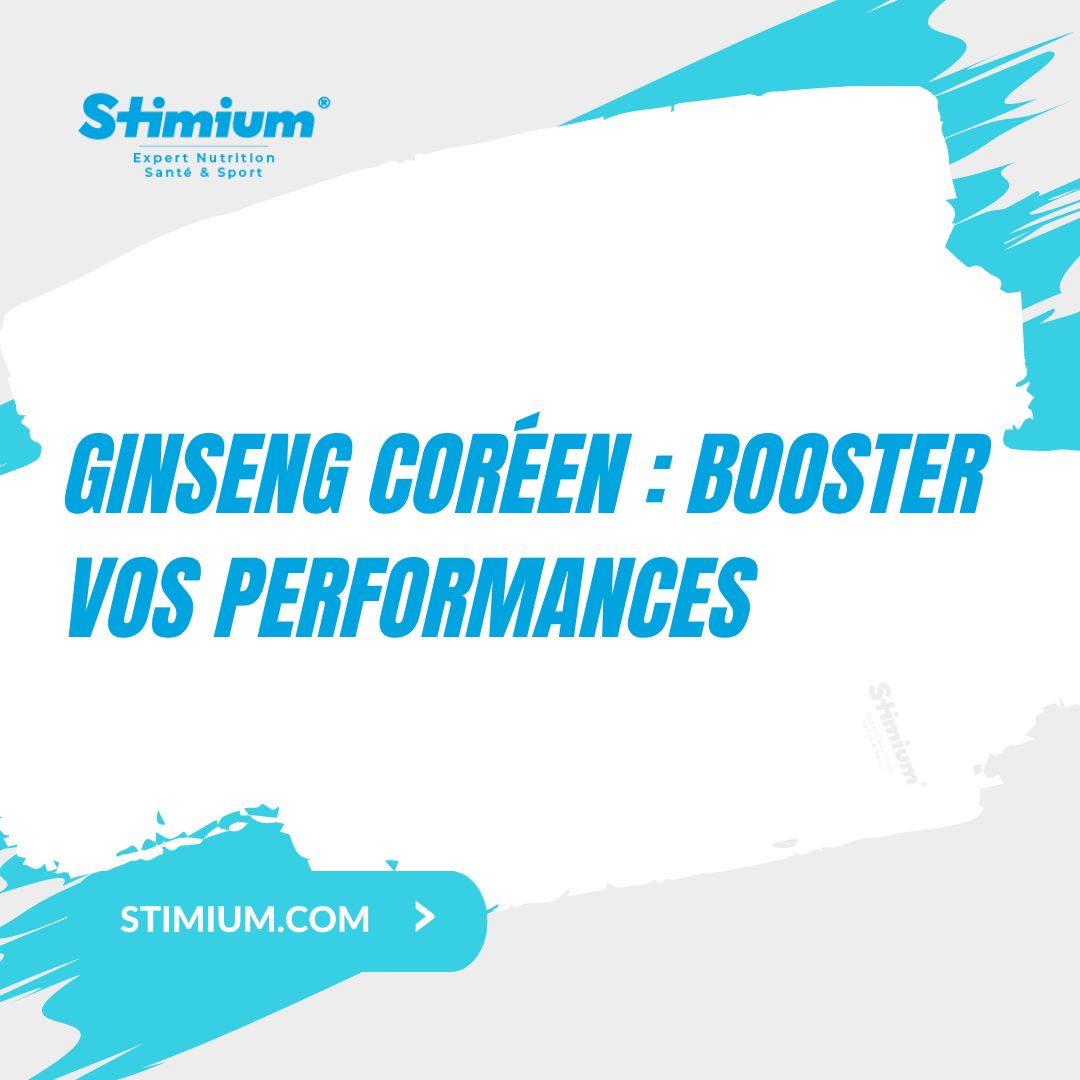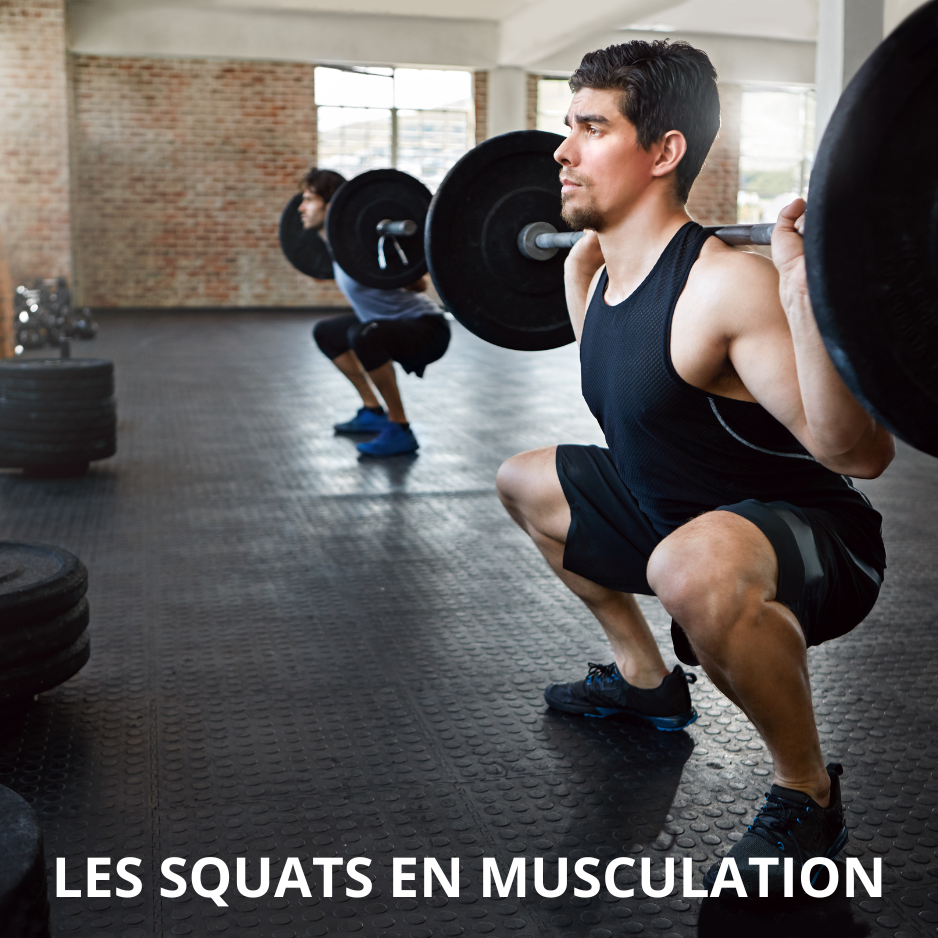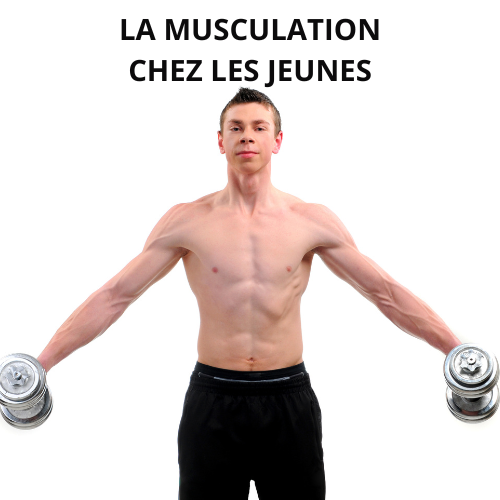Work your abs to have less back pain
Abdominals and back pain, 2 very fashionable words for several years. The media tell us several times a year that back pain is considered the evil of the century. According to the World Health Organization, around 80% of people will suffer from disabling back pain during their life (blocked back, lower back pain, etc.). However, in addition to attracting attention at the beach, the abdominal muscles are known to have a protective effect on the lower back. Is it true that having strong abs reduces the risk of injuries and back pain? Do other muscles need to come into play to maintain a healthy back? Which exercises increase the risk of back injuries and which prevent them?
A little anatomy
The abdominals are made up of different muscles. Here is a brief description of each of them.
Rectus abdominis
The rectus abdominis is the most superficial muscle of the abdomen, that is to say the one located closest to the skin. Colloquially referred to as the six pack, this muscle is apparent in individuals with little fat who have sufficiently developed it. The main action of the rectus abdominis is to allow flexion of the trunk and pelvis. To a lesser extent, it contributes to the stabilization of the trunk.
External and internal obliques
The oblique muscles run diagonally and are located on either side of the abdomen. Their main actions are rotation, flexion, tilting to the side and stabilizing the trunk. The external obliques are more superficial than the internal obliques.
Transverse
The transverse muscle is the deepest muscle of the abdomen. Its fundamental role is to stabilize the trunk. It is this muscle that compresses the abdomen when we “pull in” the stomach, cough or forcefully exhale.
Abdominals protect the back
When the diaphragm and deep core muscles, such as the transverse and internal obliques, are contracted, there is an increase in pressure within the abdominal cavity. This increased pressure inside the chest helps stabilize the spine and reduce the risk of injury to ligaments, discs and other structures in the back. In addition, when the abdominals contract, they can limit the forward tilt of the pelvis. This leads to an accentuation of lumbar lordosis, the curvature of the lower back. When the back is arched, the rear portions of the lumbar vertebrae move closer together, while the front portions move away from each other. This change in posture, combined with an increase in the forces exerted on the lower back during a strength training exercise, increases the risk of injury. For example, during the standing overhead press or bench press, if lumbar lordosis is accentuated due to insufficient activation of the abdominal muscles, the risk of lower back injuries increases.
Beyond the abdominals, the muscles of the center of the body
The abdominal muscles have a protective effect on the lower back. On the other hand, it would be simplistic to believe that these are the only muscles that play a role in back health. Health specialists prefer to talk about the effective contribution of all the muscles of the center of the body, or more commonly the core, to maintain a healthy back: these make stabilization possible, as well as movements of the trunk and back. basin. Of course, the abdominals are one of them, but the core is also made up of other muscles. These include the multifidus, iliocostalis, latissimus dorsi, quadratus lumborum, gluteus maximus, gluteus medius and minimus, iliopsoas, pelvic floor muscles and hip adductors. Moreover, computerized analyzes have shown that a reduction in the activation of the deep muscles of the back could be one of the causes of back pain.
Exercises for a healthy back
Choosing muscle exercises to reduce the risk of back injuries or reduce pain in this part of the body is not simple. The exercises chosen must activate and strengthen the core muscles without creating discomfort or irritation in the lower back. It is recommended to perform different localized and global exercises which will use all the muscles in this region. Here is a list of exercises that can activate and strengthen the core muscles. It is essential not to feel too much discomfort or pain during or after their execution. Otherwise, it is recommended not to do them. Different variations are offered, but it is best to master the basic exercise before performing them. Yoga or pilates, as well as swimming, are among the most recommended activities for strengthening the back muscles. We can suggest standard exercises to maintain an active and healthy back:
Hollow back - round back
This exercise can be done during the warm-up, because it helps mobilize the back. Supporting yourself on your knees and hands, slowly roll your back up and then down, alternating for 10 to 20 pull-ups.
Variation: Hold the positions for 15 seconds (approximately 5 repetitions).
Activation of the transverse
While lying on your back, try to “pull in” your stomach by keeping your pelvis stable and directing your navel towards the floor while exhaling for 10 to 20 pull-ups.
Pelvic tilt
While lying on your back, tilt your pelvis while trying to “pull in” your stomach by directing your navel towards the floor. It is possible to exhale at the same time as the pelvic tilt. for 10 to 15 pull-ups, holding the contraction for 3 to 5 seconds with each repetition.
Variations: Pelvic tilt with one leg raised. Pelvic tilt preceded by thigh adduction with ball.
Abdominal plank
We all know this exercise, it is said that the footballer Ronaldo does more than 500 per day. The body is straight, facing the ground, with the forearms and toes resting on the ground. Maintain a voluntary contraction of the abdominals to avoid arching your lower back. It is possible to raise the support of the forearms, on a bench or a table, to facilitate the execution. Hold the position for 30 to 60 seconds.
Variations: Abdominal plank with continuous lifting of one arm or one leg. Abdominal plank with the forearms resting on an exercise ball.
Side or lateral abdominal plank
The body is supported by support on the feet and a forearm. The pelvis should never be lower than the rest of the body. It is possible to support yourself on your knees to make the exercise easier. Hold the position for 20 to 60 seconds.
Variations: Abdominal plank with movement. Raise and lower the pelvis 5 to 20 times. Abdominal plank with thigh abduction.
Bundled with an exercise ball
The body is straight, facing the ground, with the hands resting on the ground and the ankles on the ball. The ball is brought towards the abdomen by bending at the knees and hips without lifting the buttocks. Suggested number of repetitions: 10 to 15.
Variations: Oblique grouped with ball. Grouped on one leg with ball.
Lateral bending on an exercise ball
The body is lying on its side and rolled up on the exercise ball, the feet are resting on the ground and against a wall. Flex the trunk to the side until it is slightly out of alignment with the legs. Suggested number of repetitions: 10 to 15.
Variations: Static side bend (20 to 60 seconds). Lateral flexion with arms above the head (with or without load).
Contralateral dorsal extension on an exercise ball
Flat on your stomach, the body is rolled up on the ball with the hands and feet resting on the ground. Raise your trunk at the same time as an opposite arm and leg. Suggested number of repetitions: 10 to 12 on each side, alternating.
Variants: Dorsal extension with a single support. Static back extension without support.
Squat on a half exercise ball
Standing on the rounded surface of the half-ball, simultaneously bend your ankles, knees and hips. Suggested number of repetitions: 12 to 15.
Variations: Squat on the flat surface of the half ball. Squat paired with thigh adduction against a ball.
Muscle exercises are good, adding stretching is better
Ideally, stretching should be added to muscle activation and strengthening exercises. Indeed, it is recognized that a lack of flexibility in certain muscles, such as those located at the back of the body (e.g.: hamstrings), increases the risk of developing lower back pain. Here are some effective stretching exercises to help maintain a healthy back. People with back pain often fear being active for fear of making their condition worse. However, physical inactivity risks extending the healing time, or even worsening back pain. This is what the National Institute of Scientific Research (INRS) calls the vicious circle of pain.
Abdominal exercises that carry certain risks
Abdominal exercises that also use the hip flexor muscles can carry a risk of back injuries. The most common example is the leg raise while lying down. To do this exercise, raise your legs straight up until they are perpendicular to the floor, then lower them close to the floor. As surprising as it may seem, the muscles that make this movement of raising and lowering the legs possible are not the abdominals. It is the hip flexors, including the iliopsoas, which are responsible for this action. The abdominal muscles still contract strongly during this exercise, but their role is limited to stabilizing the trunk, which risks failing if the athlete does not know how to perform the exercise adequately or if his abdominals are not strong enough. strong to prevent his back from arching. If the abdominals fail to keep the back in proper posture as the legs lower to the ground, the risk of back injury increases. Additionally, the exercise is more difficult if the legs are brought very close to the ground, or even worse, when a partner pushes the legs in that direction. These variations further increase the risk of back injuries. However, those who are able to avoid arching their lower back are at lower risk.
Challenging exercises for the core muscles
Some exercises require strong contractions of the core muscles to perform the movement or stabilize the joints. If the strength of these muscles is insufficient or if there is a lack of synchrony between them, the risk of injury increases. Here are some exercises that can strengthen the core muscles, but can also increase the risk of back injuries. They are mainly aimed at athletes who have some experience in bodybuilding.
- The deadlift ( deadlift ) The clean ( power clean )
- Vertical pull-up with bar ( bent over row)
- The standing military press
- The abdominal plank with wheel
- The weighted ball throw ( medicine ball throw )
Using a heavy load when performing this type of exercise increases the risk of back injuries if the core muscles do not activate sufficiently or if the movement technique is inadequate.
Caution should be given regarding regular use of the weight belt during training. Frequently wearing this type of belt during movements such as squats can reduce the effectiveness of certain core stabilizing muscles, such as the transverse and obliques. So, when the belt is no longer used, the risk of lower back injuries may increase.
To complete all these exercises, it can be useful to take appropriate nutrition. We can particularly recommend Stimium® PreWorkOut Max to prepare the organisms for muscle strengthening loads Stimium® [C] Whey , Stimium® Iso Hwy or Stimium® VegPro to maintain a good protein intake for the muscle fibers put to the test during the various strengthening exercises or even Stimium BCAA Instant , to help with muscle development and recovery. During these exercises, it will be necessary to hydrate, particularly with exercise drinks such as Stimium® Rgn3 Clean-Up, to replenish your vitamins and minerals. Finally, food supplements like Stimium GABA , which is a growth hormone booster that makes abdominal strengthening more effective while lowering muscle tension and reducing muscle spasms (muscle-relaxing neurotransmitter). In case of back pain, we will obviously recommend consuming Stimium® Joint Flex as a treatment to relieve problems or even Kolaflex , marine collagen associated with magnesium and natural vitamin C to improve joint flexibility.
In conclusion, it is indeed correct to say that strengthening the abdominals helps protect the back against certain injuries, but it is simplistic to believe that for a “back of concrete”, it is enough to have “abs of steel ". All of the muscles that allow movement as well as stabilization of the trunk and pelvis influence the health of the back. The so-called core muscles must be trained through a variety of localized, global, static and dynamic exercises. Moreover, certain exercises such as the squat or the deadlift require sufficient strength and synchronized activation of the core muscles to be safe and effective. It is advisable to avoid using too heavy a load and to ensure that you master the technical execution of this type of exercise.







